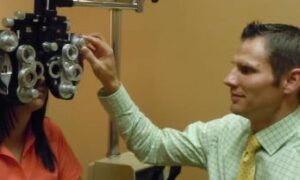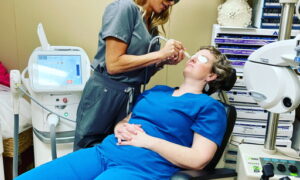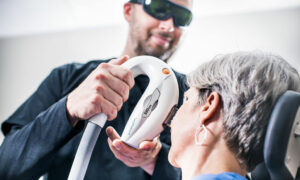By Peter J. Cass, OD
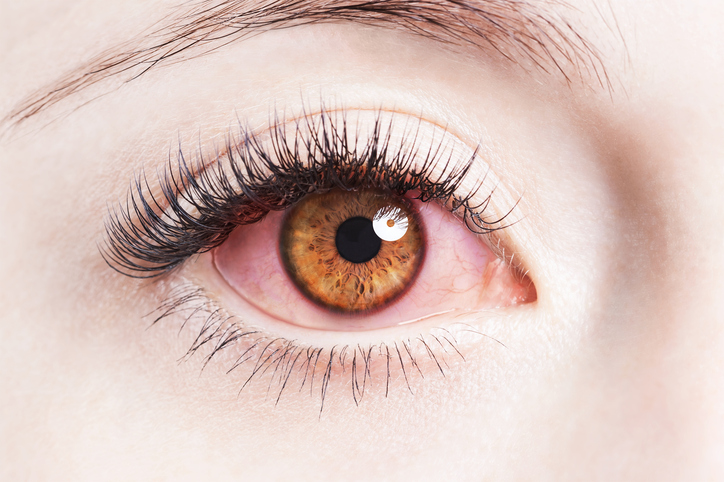
May 9, 2018
There’s no question that dry eye is an increasingly common condition. Recent studies have found that anywhere between 5 percent to 35 percent of Americans experience dry eye. These are huge numbers when compared to a disease like glaucoma with a prevalence of only 2 percent. Providers often focus on detecting and treating diseases like glaucoma while ignoring the huge numbers of dry eye patients that already exist in their practice. In my own practice I have found the percentage to be at least 15 percent, so out of the 40 to 50 patients per day that I see, 6-7 have signs or symptoms of dry eye. This leads to the scheduling of many dry eye exams and treatments which, in turn, lead to a significant increase in revenue.
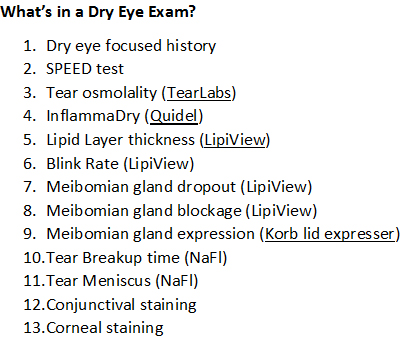 Ask All Patients About Symptoms
Ask All Patients About Symptoms
The best way to increase your treatment of dry eye is to begin looking for it. Most providers are used to looking for glaucoma in all patients by checking IOP and looking at the patient’s neve, and a similar strategy can be employed for dry eye.
In my office, all patients are asked about symptoms of dry eye, and a quick scan of the meibomian glands is obtained on each patient. If signs, or symptoms are noted during the exam, the patient is counseled regarding findings and scheduled for a dry eye exam.
Make Meibography Part of Your Dry Eye Diagnosis Process
A big help to us in diagnosing dry eye has been our use of meibography, or imaging of the meibomian glands. There are a couple instruments available for this: the LipiView and the Keratograph 5M. In my practice I use the LipiView. The purchase price of the LipiView is around $35,000, and I financed mine through a 60-month loan at a low interest rate. Even when I can afford to pay cash for equipment, I prefer to keep the cash on hand when finance rates are low. The LipiView more than pays for itself, with a breakeven of about four scheduled exams per month.
I started using my LipiView about two years ago, and it dramatically increased my detection rate of dry eye. Meibography has completely changed the way I screen, evaluate and schedule dry eye visits.
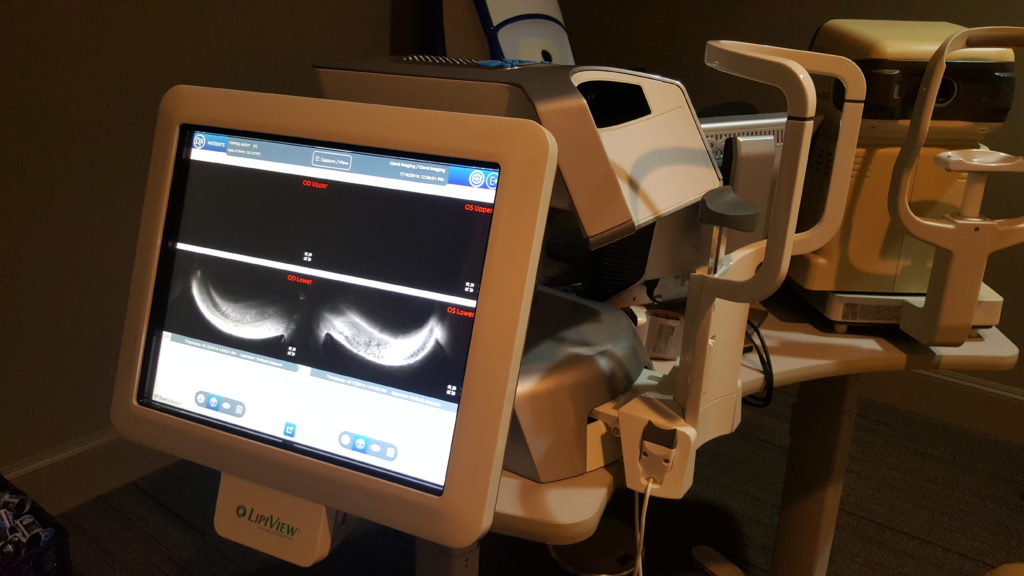
The LipiView testing system in Dr. Cass’s office. The tool is an important part of the dry eye diagnosis process, which has resulted in enhanced patient care and practice revenues.
Have a Structured Format for Dry Eye Exams
When patients return for a dry eye exam, we follow a highly structured format, just like we would for a glaucoma evaluation. We take a history, symptom questionnaire, and utilize several objective and subjective tests of ocular health and tear function.
In addition to LipiView, I have incorporated as much diagnostic technology into my dry eye testing as possible, I utilize tests and procedures to exam all three layers of the tears including InflammaDry testing and tear osmolarity testing. InflammaDry test strips are inexpensive, but ROI is low. Similarly tear osmolarity testing is also inexpensive, but again, ROI is low. While InflammaDry and tear osmolarity tests don’t really generate much profit, they do definitely enhance the care I provide to my dry eye patients.
For efficiency, many of the tests are performed by my staff, as is much of the patient education.
Educate the Patient About Treatment Options
After testing I print out a sheet detailing the different types of dry eye and the corresponding treatments. I page my assistant, who brings the treatment sheet, on which I check off the treatments, medications and procedures recommended, briefly outline that for the patient, and hand-off to my assistant who discusses the details.
Patients appreciate the time we spend educating them about their condition, and when the treatments we provide make their eyes feel better, it’s rewarding for us, and we’ve provided them with an experience that exceeded their expectations.
Get Paid for Providing Exceptional Care
There are several sources of revenue from dry eye treatment.
Billing for dry eye exams can include an intermediate ophthalmological exam, tear osmolarity testing and InflammaDry testing. Dry eye exams alone bring in around $150 per patient, and at as low as four dry eye exams per day that can increase monthly revenues by about $12,000 per month.
Follow-up schedules depend on the severity of the disease, and the treatments outlined, but would typically be 1-3 months later. These visits are also billable and generate additional revenue for the practice.
Procedures like LipiFlow are highly profitable, and are cash-pay.
We also sell nutraceuticals, treatment devices like masks, lid scrubs and artificial tears. We plan to add the tear stimulator as one of our tools to fight dry eye (the rep is coming next week).
 Peter J. Cass, OD, is the owner of Beaumont Family Eye Care in Beaumont, Texas, and president of the Texas Optometric Association. To contact: pcassod@gmail.com
Peter J. Cass, OD, is the owner of Beaumont Family Eye Care in Beaumont, Texas, and president of the Texas Optometric Association. To contact: pcassod@gmail.com

